58: Sustainable electro-mobility

Faced with the climate change problem and the energy crisis that is looming following the war in Ukraine, France has decided to accelerate its pace advancing into the field of renewable energies. In this area, UTC and particularly the UTC-Avenues laboratory team are involved on two fronts. That of electro-mobility with research work on the optimisation of recharging stations covered with photovoltaic (PV) panels but also that of energy production from PV installed on the university premises. A movement that the service sector decree — published in the French Official Journal in 2019, requiring owners and occupants of both private and public service intensive buildings to significantly reduce their energy consumption compared to 2010, the reference year — has accelerated.
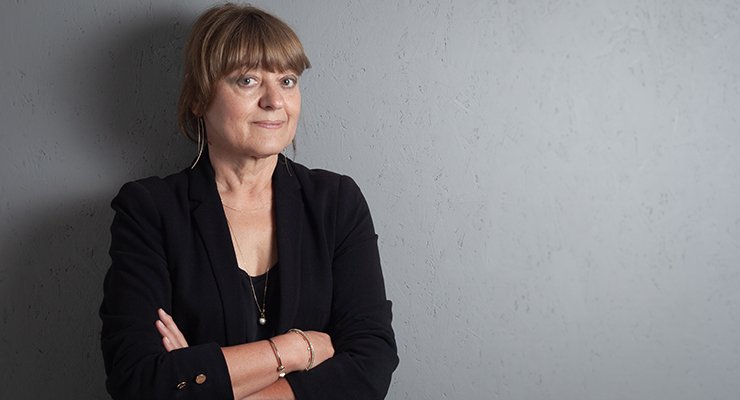
Manuela Sechilariu is a full university professor and Director of UTC’s Avenues research laboratory since 2016. Her research interests include microgrids and, more recently, electro-mobility in general. More specifically, recharging stations covered with photovoltaic panels and equipped with intelligent control systems.
These are research areas which, in view of the ongoing climate change crisis, have stimulated a large number of projects, both nationally and internationally. The proof? ¨Projects at the national level that are part of the search for greater electric mobility. Thus, “Mobel”_City was launched in 2017 and PV2E_Mobility in 2020, both financed by the French Agency for Ecological Transition (ADEME), while in July 2021, it was the turn of Smart_ PV4EV specific to UTC within the framework of a State-Regional Planning contract (CPER) «Electric Energy 4.0» (EE4.0). «The first call, where we were the winner, in 2017, following a call for projects is also supported by an industrial partner, SYSTRA, specialised in transport-related issues on a national scale, but also by the Agglomération de la Région de Compiègne (Greater Compiegne ARC). One of to deploy recharging stations for electric vehicles (EVs) powered by photovoltaic (PV) panels. This project illustrates both the skills accumulated at Avenues and the interdisciplinarity that reigns there, since it is at the crossroads of the fields of transport — electric mobility, renewable energies, urban planning and sustainable territory, but also social sciences,” explains Manuela Sechilariu.
The second project, in the same vein, has attracted a number of partners, including the CEA, Enedis, Tecsol, a company specialised in solar energy, and SAP, who specialize in software and intelligent or “smart” management of recharging stations. The project focuses on on-board and stationary PV energy and power for (and in) transportation, with Avenues being in charge of studies on systems and infrastructures equipped with stationary PV sources to used for EV recharging.
Pursuing on the same Smart_PV4EV issue. «This time, the aim is to show the advantage of PV in EV charging and to look at the societal impact and social acceptability,» she adds.
Finally, on an international level, the PVPS scientific programme of the International Energy Agency (IEA). «This project, which terminates end 2024, represents the French contribution to Task 17¹ of the IEA programme dedicated to PV and transportation,» she says.
What exactly is the role of Avenues research scientists in these projects? «We are the project leaders and coordinators of Mobel_City and PV2E_Mobility. As for the international project involving the IAE, I am Task Manager with a Japanese colleague and leader of subtask 2. The latter subtask addresses the feasibility conditions and requirements for the best use of EV recharging stations with PV panels. Finally, Smart_PV4EV, for which I am responsible, is part of a large CPER project involving most of the electrical engineering laboratories in the Hauts de France region,’ says Manuela Sechilariu.
All these projects aim at optimizing the use of PV for both mobility and buildings. This is a goal that calls for numerous theoretical studies upstream. «It is a question of designing and testing a set of methodologies and tools, both for implementation and sizing and for regulation and smart system control. Indeed, the recharging station is based on a microgrid made up of stationary storage, PV panels, a connection to the national grid and has loads such as buildings or EVs. In order to maximise user satisfaction and the use of PV energy, algorithms are being developed that allow both off-line optimisation, i.e., outside real-time operation, and on-line optimisation for real-time operation control. We are showing that an EV can be recharged, even in December in Compiègne, with more than 75% PV energy, enabling the vehicle to travel 40 km,» she explains.
However, in this type of project, the theoretical studies are not limited to the scientific and technical aspects but also involve other fields of knowledge, since the aim is to develop more widely the uses of PV. «For example, we are calling on urban planners to develop methodologies and decisionmaking tools for territorial actors concerning the most judicious deployment of recharging stations. We are also working with UTC-Costech, a social science laboratory at UTC, to study the societal impact and acceptability of the project”.
*Photovoltaic Power Programme Systems Task 17 (https://iea-pvps.org/research-tasks/ pv-for-transport/)

Fabrice Locment is a university professor and research scientist in the UTC-Avenues research unit. He is also Director of the university’s Urban Engineering Department (GU). His research on electro-mobility has led to the setting up of STELLA, which will be transformed into a Living Lab in the autumn of 2022.
Within AVENUES, the idea of the STELLA or ‘Smart’ Transport and Energy Living LAb technology platform is a longstanding project. MBut it was in 2016, thanks to funding via a State/Region Planing contract (CPER), that it was launched and became operational at the beginning of 2017 and finally transformed into a Living Lab.
Concretely? «It is an experimental set-up that allows the validation of concepts related to technology, but not only with technological objects, since it also introduces human beings in interaction with these objects. Hence the name «Living Lab». So in STELLA, there are photovoltaic panels (PV), electric vehicles (EV), back-up power storage and a connection to the national grid, but it is the human beings who are at the heart of the Lab,» he explains. What made it happen? «When we saw the large, uncovered car park at the university’s Innovation Centre, the idea took hold in 2010. We thought it would be interesting to install PV arrays on these unused surfaces. Of course, at first it was the research ideas that guided us. At that time, we were working with Sunvie, a company specialised in PV technology, but we didn’t have the funding to go further. And it was in 2016, thanks to the CPER, that the project came to fruition,» he explains.
This was a natural development for Avenues, which historically housed the PLER platform, an acronym for Local Renewable Energy Production. «With PLER, we are still in a multi-source, multiload system, but the aim is to power a building. PLER still exists and works very well. Special features? It’s a real research platform with cables everywhere, but it’s a bit limited as soon as you increase the power level. But with the problem of electro-mobility, the power supply for EVs is needed. And with STELLA, we change the format. It was no longer the same power ratings or the same operation. Above all, STELLA allows for both building and EV applications,» Fabrice Locment points out.
The transformation of STELLA into a Living Lab? “Until now, with STELLA, we emulated EVs, i.e., we carried out tests on the UTC’s own fleet of EVs, looking in particular at their their energy consumption pattern, in order to emulate them on systems physically present at STELLA and thus be able to repeat the tests. At this stage, the human aspect was not taken into account. With the Living Lab, we will go further and put the human factor at the heart of the work. For example, the PV shade house, which covers 9 parking spaces, 3 of which are reserved for EVs dedicated to research at the Avenues laboratory, will be going fully electric. We have already installed three two-headed recharging stations for UTC staff,» he says. A development that will make it possible to analyse the behaviour of real users with real constraints. «Our goal is to have the Living Lab up and running by September. At that time, we will contact the staff to find out who has an EV, who would be interested in recharging. They will then be able to use the system in return for their permission to retrieve all the data. That is, the charge when they arrive, the charge when they leave, the duration of the charge, the type of recharge — slow or fast, etc. Data that will allow us to set up control laws to intelligently recharge the vehicles,» he adds. This project is in line with their research and its main objective is to minimise the imbalance in the national electricity network. «The energy reservoir of a battery in an EV such as Renault’s Zoé or Peugeot’s e208 is around 50 kWh. However, the current shading system only produces 29 kW even under almost optimal conditions. Hence the project to build 10 additional shading systems in the Innovation Centre car park,» concludes Fabrice Locment.
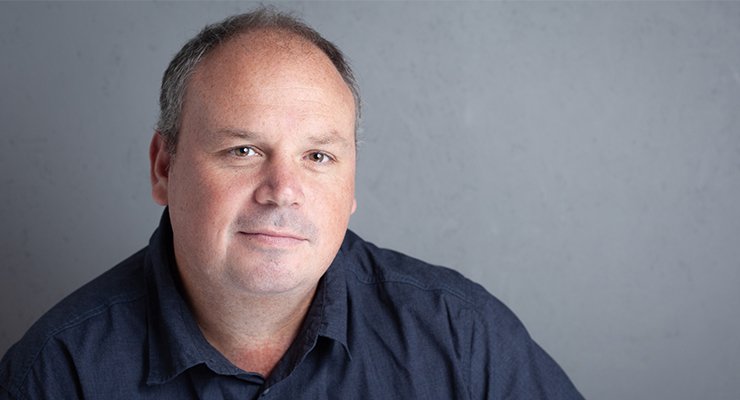
Professor Fabien Lamarque is a senior lecturer, responsible for the «Urban Engineering» major and an associate member of the UTC AVENUES research unit. He leads the workshop-project «Photovoltaic energy production at UTC». Julien Sautjeau, a 5th year UTC student in the «Building» speciality, is also part of it.
This is a project-workshop part of the sustainable development policy initiated by the university. UA policy that the service sector government decree — published in the French Official Journal in 2019, requiring owners and occupants of both private and public service*intensive buildings to significantly reduce their energy consumption compared to 2010, the reference year — has accelerated. This reduction can be achieved through two main solutions: improving the energy insulation envelope of buildings and/or the production of renewable energy (RE).
«In the context of the GU urban engineering course, we have a very professional teaching format which involves both lecturers and students in projectworkshops responsible for responding to orders placed by various, differing clients. For the projectworkshop on photovoltaic (PV) energy production, the order came from the UTC’s Property Management Department (DPI),» explains Fabien Lamarque. It is a mission that requires three main skills. The first concerns the entire energy conversion process, the second involves modelling and calculation to measure the sunshine potential at the various buildings and the third concerns the interface between RE production and the buildings. The latter involves general knowledge of the building, technical constraints, regulations, etc. «Hence our decision to set up a group of students and lecturercum- research scientist possessing all three skills,» he adds.
What are the objectives of this project-workshop? «The aim is to study ways of reducing the energy consumption of buildings and to develop a digital model of existing sites in order to define those most suitable for the installation of PV and thus ensure the best possible energy optimisation,» emphasises Julien Sautjeau.
A project that makes sense with buildings that, for the most part, were built in the 1970s and whose thermal envelope is poor, to say the least. A project which, of course, has a cost. «During our investigation, we evaluated the return on investment of thePV panels, which have a certain lifespan but also an environmental impact. The energy gain is obvious, but we went further and evaluated the environmental gain generated by the PV panels compared to the French energy mix,» explains Fabien Lamarque.
«The French energy mix, which is largely made up of nuclear power, emits little CO2. For PV, we carried out a life cycle analysis, i.e., from the extraction of raw materials to installation/operation and up to the end of life and subsequent recycling. So far, PV has had difficulty competing with nuclear power in terms of its carbon footprint,» adds Julien Sautjeau.
The conclusions of the project? «In the course of the study, we worked out different scenarios for installing PV panels. We acted as project management assistants. We detailed both the potential gains and the risks associated with each installation, whether it be on the roofs of buildings, on the ground, or on car park shades. It’s a kind of diagnosis that we carried out for the DPI,» concludes Fabien Lamarque.
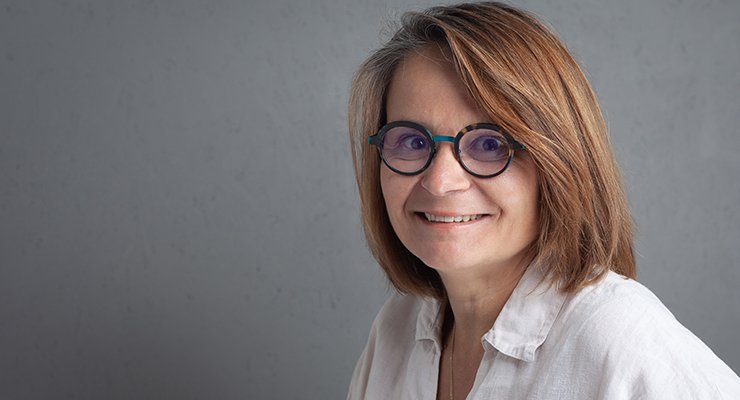
Nathalie Molines has been a lecturer in geography at UTC since 2006. She is attached to the UTC-AVENUES research unit and works on decision support issues for territorial transition.
In order to comply with its international commitments to reduce greenhouse gas emissions (GHG), France must drastically reduce its emissions from transportation, and in particular from individual transport vehicles. UOne of the ways of reducing these emissions is through electromobility. However, this implies, upstream, an optimised deployment of recharging stations.
Reducing transport-related GHGs? «In the Compiègne conurbation, for example, individual transportation accounts for 16% of GHG emissions, which is the third largest source of emissions after housing and agriculture. There are several ways to reduce GHGs. It is a question of transforming people’s habits by encouraging them to use public transport or bicycles, for example. To do this, we need to work on urban forms by densifying areas served by public transport rather than opting for urban sprawl, but also to develop soft mobility by building cycle paths and, finally, to switch a significant proportion of the existing internal combustion engine car fleet to electric vehicles. The financial incentives for the purchase of a bicycle or an electric vehicle are there to facilitate this transition,» she assures. These measures, if they succeed, will probably increase the number of electric vehicles on the road. Between 2018 and 2021, the number of electric car registrations increased by more than 400% (source: Avere France)! The number of recharging points is struggling to keep up. «In 2018, there was one recharging point for just under seven vehicles. That’s less than one per township. As a result, it is mainly people living in individual houses who acquire an electric vehicle,» observes Nathalie Molines.
Hence the desire of France and other European countries to increase the network of electric recharging points, but also to optimise their territorial location.
As a geographer, Nathalie Molines has mainly worked on the issues of planning and optimising recharging stations at the urban level.
The underlying idea? «The idea is to think about the location of the recharging stations beforehand in order to define the places where they will be the most useful and the most used. Indeed, during a study day with the various trades involved in this theme, we realised that some of the recharging points installed, for example in the Hauts de France region, were never used, or used very little. It is also a question of thinking about the right type of terminals to be installed since, depending on the model, recharging can be more or less rapid. Finally, it is a question of anticipating their impact on the electricity network. This is the work of Manuela Sechilariu and Fabrice Locment,» she explains.
A methodology for analysing the territorial potential has been developed as part of the MOBEL_CITY project and tested in the city of Compiègne. A tool for searching for potential locations for recharging stations, which can be used throughout France, has also been developed. It is free and available online.
What about the state of the art in urban planning and optimisation? «Several methods exist for planning and optimising these networks. Firstly, it is a question of analysing the capacity of the existing network to absorb additional demand, knowing the location of typical users for the location of recharging stations and finally observing the uses of a territory in order to define the type of charging to be deployed,» concludes Nathalie Molines.
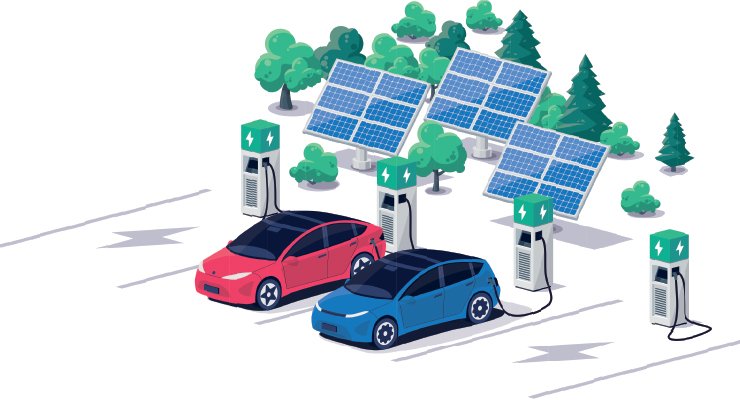
As a PhD student at UTC since 2019, Saleh Cheikh Mohamad presented his thesis in October 2022, focussing on the optimization of energy flows in PV (photovoltaic) powered charging stations dedicated to all-electric vehicles (EVs).
It was during his internship at UTC’s Avenues laboratory that he became interested in these topics. «The idea was to develop a graphical interface allowing interaction between the user and the microgrid or recharging station used for electric vehicles»; he says.
As an active participant in the PV2E_Mobility and IEA PVPS Task 17 projects, Saleh Cheikh Mohamad explored different issues related to the optimisation of energy management for recharging stations in the framework of his thesis. «First, we had to understand the energy system of a recharging station powered by photovoltaic (PV) panels, equipped with a storage system, a connection to the national grid and dedicated to powering EVs. Secondly, we had to optimise the flow of energy between the different power sources — PV, storage, grid — in order to minimise the energy cost for the user. Consequently, depending on whether you are in off-peak or peak hours, the energy cost of the grid is different. It is obviously lower in the first case than in the second. The interface offers three recharging thresholds — slow, medium or fast. A multi-criteria interface is provided to help the user. Finally, the optimisation is launched in real time each time an EVs arrives and another departs,» he explains.
An interface that allows the user to indicate his/ her charging rate preferences and thanks to an intelligent algorithm that includes hourly solar radiation forecasts from Météo France, the optimisation is carried out in real time. «Depending on the choice made by the user, recharging will be done directly by PV, by storage or by the national grid, or even a mix of the three based on the results of the optimisation calculations,» he notes.
Other areas of research? «We have the V2G (Vehicle to Grid) issue. In this case, it is the electric vehicles that can supply the national grid in the event of a consumption peak. This has the enormous advantage of sending energy instantly to the grid rather than restarting a coal-fired power station, for example. Of course, the purely environmental aspects of electric vehicles, such as the lifespan or recycling of batteries, require further in-depth studies,» concludes Saleh Cheikh Mohamad.

Amalie Alchami joined the UTC-Avenues laboratory as a Research engineer, after carrying out an internship at the UTC Roberval Laboratory. She works on PV2E_Mobility but also on the International Energy Agency’s (IEA) PVPS Task 17 programme.
Her precise role on the STELLA platform? «I work with Saleh on the experimental part of the charging stations. I carry out tests to study various recharging profiles, based on different criteria, with the aim of sizing the recharging stations in an optimal manner, so as to best meet demand. The criteria include the number of electric vehicles (EVs) connected at any one time, the energy flow and demand, and the discharge of EVs to feed the grid during peak demand. This is called Vehicle-to-Grid (V2G),» she says. Her mission does not end there, however, as Amalie Alchami is also involved in the PV2E_ Mobility project and Task 17 of the international IEA PVPS programme. «In the framework of the latter, I have developed a tool for the presizing power recharging stations powered by photovoltaic (PV) panels, taking into account Life Cycle Assessment. In other words, we have to analyse the performance of a recharging station over its entire expected lifespan, which in our case is 30 years,» she says. What variables are included in the tool? «We include the location of the charging stations, the level of solar radiation and geographical constraints, but also the cost issue. There is the cost of the panels, batteries and terminals, the cost of maintenance — cleaning the PVs, replacing batteries and converters for example — and finally the operating costs. So we need to be able to calculate the total balance, taking into account the income forecast over the 30 years,» she says. Environmental aspects, and in particular the carbon footprint of such charging stations, are naturally also taken into account. «We must reduce this footprint as much as possible in all the elements used, but also integrate the footprint linked to the installation and maintenance of the station components,» adds Amalie Alchami. Among the avenues of reduction envisaged? «We can use PV or new generation batteries with a relatively low carbon impact; we can also use recycled materials. With this in mind, we have built several scenarios and we have come up with a charging station model that has a lower carbon impact than the national network. The latter, based essentially on nuclear power, is already significantly decarbonised compared to other national networks,’ she concludes.
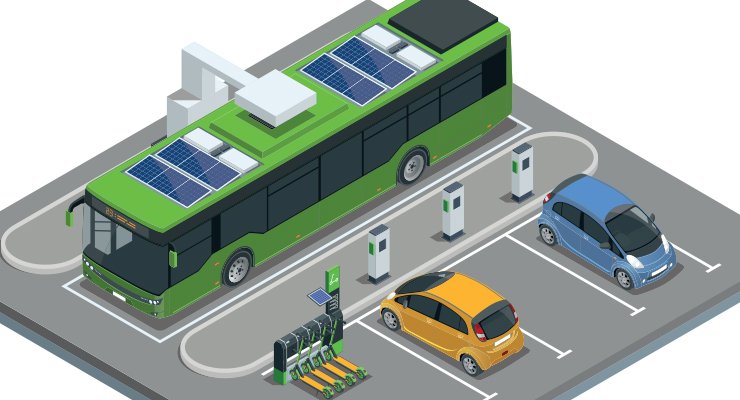
Nathanael Dougier graduated from IMT Atlantique (Nantes) with an engineering degree in energy and the environment and went on to defend a PhD thesis at Arts et Métiers in Aix-en-Provence. He is now interested in the question of future all-electric buses.
What was the core theme of his thesis? «I worked on microgrids and more particularly on the dimensioning of the various technologies involved and the associated control strategies while integrating environmental, technical and economic objectives. Let me illustrate with the case of a city. In concrete terms, the latter may have objectives of autonomy, cost reduction or emission reduction. This means choosing the relevant technologies to achieve the right trade-offs between the targeted objectives,» he explains.
His thesis led to a post-doctoral research position at the UTC-Avenues laboratory. There he works on the IEA’s PVPS Task 17 scientific programme and its French contribution PV2E_Mobility, funded by ADEME.
Among his main tasks? «In addition to my research work, I am assisting Manuela Sechilariu in the project dedicated to Task 17 of the International Energy Agency’s (IEA) international programme. In particular, this involves participating in the preparation of the final report which will compile the state of research of the various international teams collaborating on this programme,” he points out. However, his role does not end there, as Nathanael Dougier is also interested in another mobility-related issue, that of electric buses. «With buses, we are facing very different problems from those of electric cars. Indeed, there are major constraints on bus transportation, particularly in terms of continuity of service for users, but also in recharging. It is estimated, for example, that an electric car needs a power supply rated at 7 kW for slow charging and 50 kW for fast charging. By comparison, buses in fast charging mode need 600 kW, which is the equivalent of a hundred homes in terms of instantaneous power demand,» he explains.
This is an area that poses major challenges, especially in terms of constraints on the local electricity grid. «For buses, there can be different ways of charging. For example, they can be recharged at night at the depot. But this requires them to be equipped with very large batteries. They can also recharge for a few seconds/minutes during the day when they reach the end of the line or at certain bus-stops. However, this has an impact on passenger transportation and the electricity network in the event of a high power demand. This would require the installation of new cables, transformers, etc. So, in the first phase, we need to establish the state of the art in this area,» concludes Nathanael Dougier.


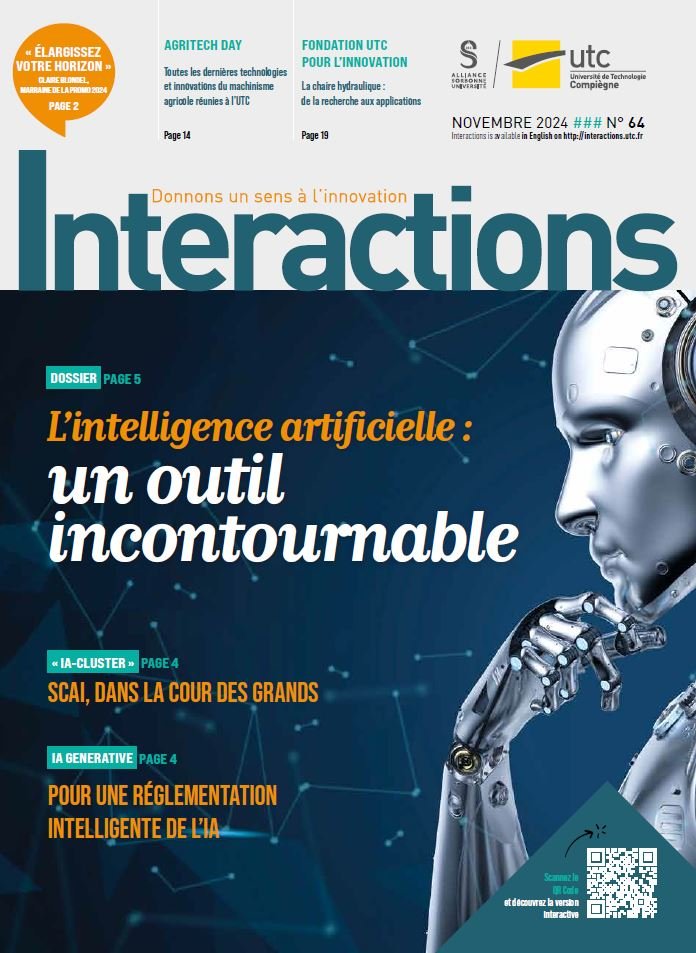


Mathilde Boesch is a final year student in Urban Engineering, specialising in Building, at UTC. She is in charge of a workshop-project dedicated to the social acceptability and societal impact of PV (photovoltaic) powered charging stations.
It was pursuant to a call for projects from ADEME that this 6‑month project-workshop — (an “AP”), in which 12 students participate — was set up. SHis role as project-workshop leader? «I update our progress at each session for the project to the supervisors and set the agenda for the session. Then, with the group, we subdivide up the tasks to be carried out during the day,» she says. This study follows suit to a similar study carried out in 2018. The aim this time is to check whether the mind-set of the French has changed in regard to the concept of electro-mobility and the use of PV energy, especially as we have seen strong growth in all electric vehicle (EV) sales since 2019. It is also a question of verifying the acceptability of charging stations with intelligent energy management allowing a two-way exchange. In other words, an EV can receive stored energy from PVs but also supply its own home, for example, or the national grid in the event of a consumption peak,» she believes.
The various stages of the study? «We started with a qualitative survey during semi-directive interviews with users of EVs but also of other types of transport. From the sixty or so responses, we came up with a number of hypotheses to be verified during a quantitative survey with the implementation of a questionnaire. We wanted a larger sample that was representative of the French population, and to date nearly 800 people have responded,» she explains.
And concerning the analysis of the responses? «A question-by-question analysis and then an overall analysis were carried out, followed by a comparison with the 2018 study to see if and how mentalities have changed. In a way, we are trying to find out the state of mind of the French with regard to electro-mobility in order to target the obstacles and expectations relevant to this technology development,» concludes Mathilde Boesch.